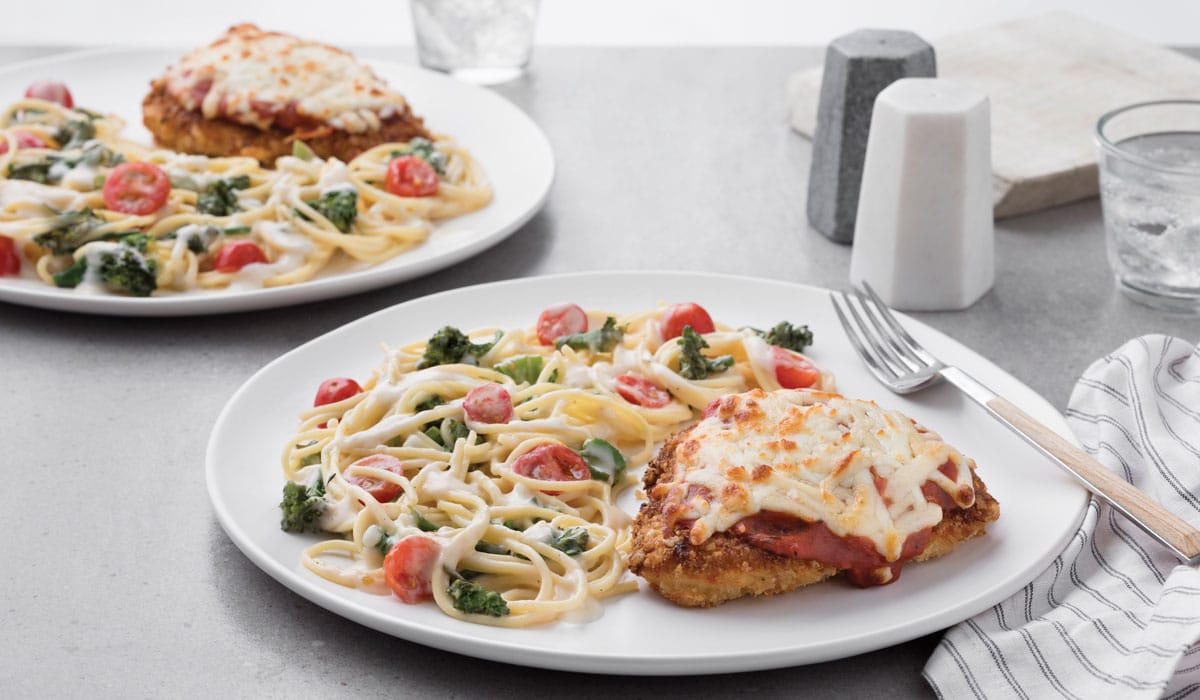One of the more prominent lifelines for restaurants during the pandemic has been to-go kits. Not just family meals and bundle offers, but products customers can take home and make themselves. It capitalizes on the elevated trend of guests cooking on their own, yet also erases a lot of the prep work. Plus, it can present a cost-effective short-term option to bridge the gap between grocery hauls. And it’s been proven some people feel more comfortable with the food safety element if they cook it themselves.
Andrew Park, the VP of strategy and enablement at InMoment, chatted with QSR about meals kits, and how restaurants can cash in.
How does a restaurant decide if it makes sense for them to add meal kits? How do you suggest calculating ROI? When is it worth it?
The meal kit game isn’t just for DTC brands and grocery stores anymore. It’s becoming an attractive possibility for restaurants who already receive regular deliveries of ingredients and a steady stream of customers. Restaurants are able to resolve the biggest criticisms that DTC meal kit brands face: high cost of delivery, need to pre-order and excessive packaging. Since meal kits are offered in-store, the cost of getting them to customers is lower and it allows the convenience of quick pick up.
If a restaurant is considering adding meal kits to their offerings, the first step is to check in with consumers to see if it’s something they would be interested in, as well as run trial tests at certain locations. Each restaurant has a different relationship with their customers, meaning that just because your local competitor’s meal kits succeed, doesn’t mean yours will. Customers form opinions, expectations and attachments to each brand they interact with, which affects what they will and won’t buy. For example, if guests come to your restaurant for the atmosphere and the service, they may not be interested in purchasing meal kits to make at home. Restaurants need to check in with their consumers, ask for feedback and then decide what to do from there.
In order to calculate ROI, restaurants will first have to estimate the costs involved with beginning a meal kit campaign. Will additional physical capital be needed, such as extra equipment or signage? Secondly, you need to calculate the added costs to your routine operational expenses. What will you spend monthly on packaging, ingredients and extra labor? You may not be able to fully answer these questions until you know the demand that meal kits will generate.
What are some brands that have had success with this?
Meal kits are a fairly new offering for the restaurant sector. So far, the biggest brand to try this approach is Chick-fil-A. They temporarily added meal kits to their menus at 140 locations and saw positive results from their customers and their bottom line. Rather than assume what customers want and roll out the meal kits nationwide, the company was smart to test its new strategy to get feedback first. This move allows Chick-fil-A to tinker with the product before unrolling it in stores across the nation. For example, customers in the southwest may prefer different recipes or portion sizes than customers in the northeast.
Then, there are other companies who are assisting restaurants in pursuing the meal kit business. Chicago-based meal kit technology platform, Dailykit, enables restaurants to add meal kits to their brand. Additionally, California-based Chef Meal Kits acts as an intermediary, providing an online marketplace where high-end restaurants can sell meal kits to customers. In order to be successful, it’s important for brands to pick a strategy that meets their needs and the needs of their consumers.
How can a brand go about offering this service? Does it need a separate team to put together orders? A separate menu? Different marketing tactics?
There is no one-size-fits-all approach to adding meal kits to your restaurant’s repertoire. There are a wide variety of factors to consider ranging from staffing needs to marketing tactics. Will your restaurant offer multiple meal kits or just one? Will you prepare them on-site or off-site? Will they be the exact same or different from the meals you offer in-store?
Customers want to help brands be successful. They feel more loyalty to brands that they help to shape. Brands need to enable customers to help co-create experiences and product offerings. Customer feedback should inform any decision that will impact the customer. This is the best way to ensure meal kit addition is a success. It is important to survey consumers every step of the process to gauge their reaction, buying habits and opinions of the product. Before starting the service, gauge your customers’ interest and tastes: What do they think about the idea of meal kits? What types of recipes do they want? This will inform whether or not you should pursue, and if so, will help to identify the ideal price point, variety of offerings, and other key details. As you begin to roll out the service, collect feedback from both buyers and non-buyers. This will reveal what they liked, didn’t like, and how to reach them in the future: Did they say they would buy, but didn’t — why? Did they like the product? What improvements would they want to see? Would they buy again? Consumer feedback will yield valuable insights into how brands should go about offering meal kits.













